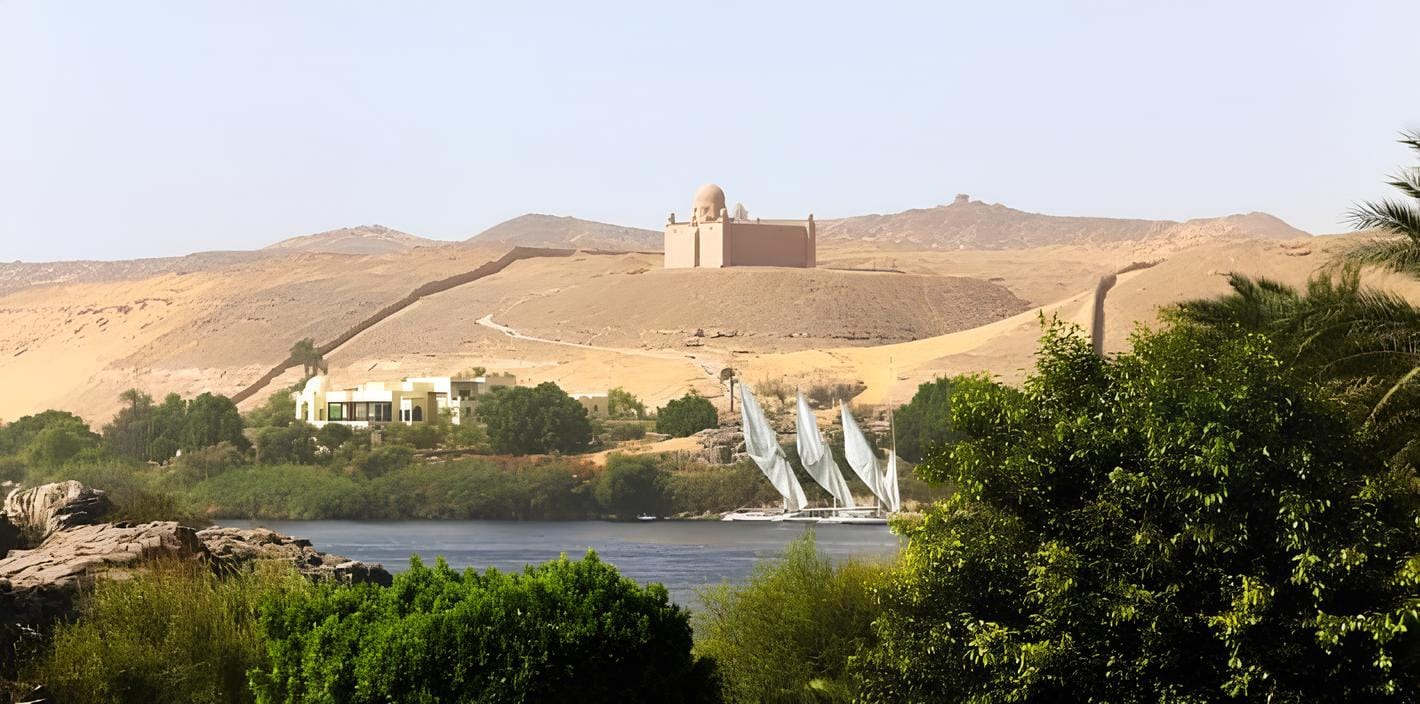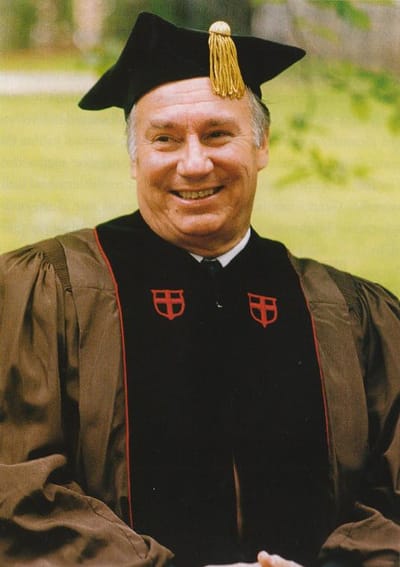Inna li’Llahi wa inna i’Llahi raji’un. (From God we have come, and to God we shall return.) (Surah Baqarah, 2:156)
On February 4, 2025, when the Murshid and Imam of the Shia Nizari Ismaili Muslims breathed his last, and returned to the Abode of the Real, many of his murids who, for most of their lives, had known only Prince Shah Karim Al-Husseini (Aga Khan IV), as their everpresent and constant living Guide, were jolted into asking, “What does it mean to lose an Imam?”
Any death, particularly that of a loved one, is personally jarring because it is an encounter with the Absolute, a rupture from one’s ordinary reality which is experienced as continuous. Death, by contrast, is a discontinuity. It is seemingly a final and irrevocable loss, the termination of a being whose presence continues thereafter only in memory.
The death of an Imam is not an ordinary death. The Imam functions for his Ismaili murids not only as a transitory link in the chain of the Ismaili Imamat but also, metaphysically, as the Logos, transcending the physical person of the Imam.
Yet, all faith traditions, including the Ismaili faith, acknowledge a spiritual reality which is continuous. The soul exists both in time and beyond time, and its passage through time is experienced as merely a moment in Eternity. The world is separated from Eternity by a diaphanous veil, which can be pierced from ‘above’ by enlightening grace and revelation, and from ‘below’ by the soul’s detachment from the world, by its self-emptying through love or death. The veil which creates the illusion of discontinuity is destined to be pierced so that the soul can experience the Presence of spiritual Reality. To quote the Bible, “For now we see through a glass, darkly; but then face to face: now I know in part; but then shall I know even as also I am known.” (1 Corinthians, 13:12)
But the death of an Imam is not an ordinary death. The Imam functions for his Ismaili murids not only as a transitory link in the chain of the Ismaili Imamat but also, metaphysically, as the Logos, transcending the physical person of the Imam. The spiritual continuity of the Imamat as Logos is expressed by the symbol of the ever-present Light (nur). Its institutional continuity is expressed through the formal transfer of the Imamat, by the Imam’s designation, to his successor — in this case, Prince Karim’s eldest son, Prince Rahim, now the 50th Imam of the Nizari Ismaili Muslims in the continuing succession of the Imamat since the time of the Holy Prophet of Islam.
Prince Karim was a remarkable world leader. Beyond his quiet diplomacy and influence, His Imamat will be remembered for its focus on upholding the intrinsic integrity and dignity of all human beings. To this end, the Aga Khan established a new Ismaili Constitution for the global Jamat, a new Seat (Diwan) for the Imamat in Lisbon, representing its sovereign status, an Ismaili Delegation in Ottawa for its representational functions, and global institutions, including the various agencies of the Aga Khan Development Network (AKDN), to empower all, without regard to race, creed or gender, to fulfill their human potential. He worked tirelessly to promote an empathetic and humane ethic of connectedness and caring, dedicated to improving the quality of life for all, to upholding human dignity, and to promoting an ethic of good stewardship. His service to humanity, through his pioneering work in the areas of developmental aid, emergency relief, education, health, housing, financial assistance, social aid, architecture, music, culture and sport, are all an important part of his legacy.

As a Muslim leader, the Imam was an intellectual visionary. He promoted the idea of a common humanity as an ethical corollary of Islam‘s view of the unifying ground of being (tawhid). He promoted faith as ethics. It is a view reflected in the institutions he built and the profound ethical wisdom he offered in areas ranging from the cosmopolitan ethic of pluralism to the role of the media in society, from the importance of environmental stewardship to the protection of religious freedom, human rights and dignity. He viewed AKDN as an expression of the social conscience of Islam.
His indelible personal qualities — his radiant smile, his gentle voice, his keen intelligence, his indefatigable work ethic, his deep empathy and his inspiring humility, as well his unflagging commitment to the common good — are a continuing inspiration, and they will be profoundly missed.
To help reflect on Prince Karim’s passing, we have published the following:
We end with the following quotation from an interview with the Imam in 1986. When asked how he would like to be remembered, he replied,
Probably not in name or face. I far prefer that certain important things that occurred during my Imamat should continue: relations between the Ismaili community and other parts of the Islamic Ummah; between the Islamic world and the non-Islamic world; certain concepts of the ‘Unity of Man’ — that you don’t serve yourself best by being mean and inward looking and you do not serve your future generations that way.
Prince Karim Aga Khan IV is to be laid to rest on February 9, 2025, in Aswan, Egypt, the home of his Fatimid ancestors, and the final resting place of his beloved grandfather, Mawlana Sultan Mohamed Shah, Aga Khan III.


